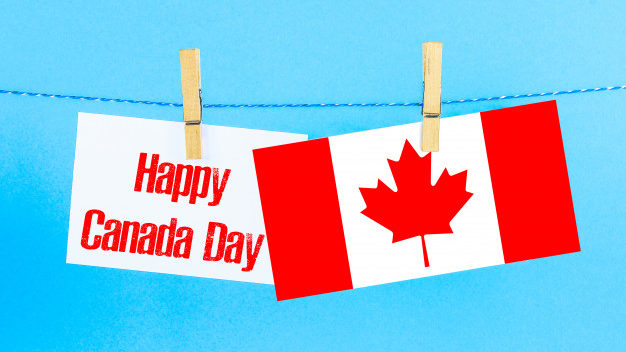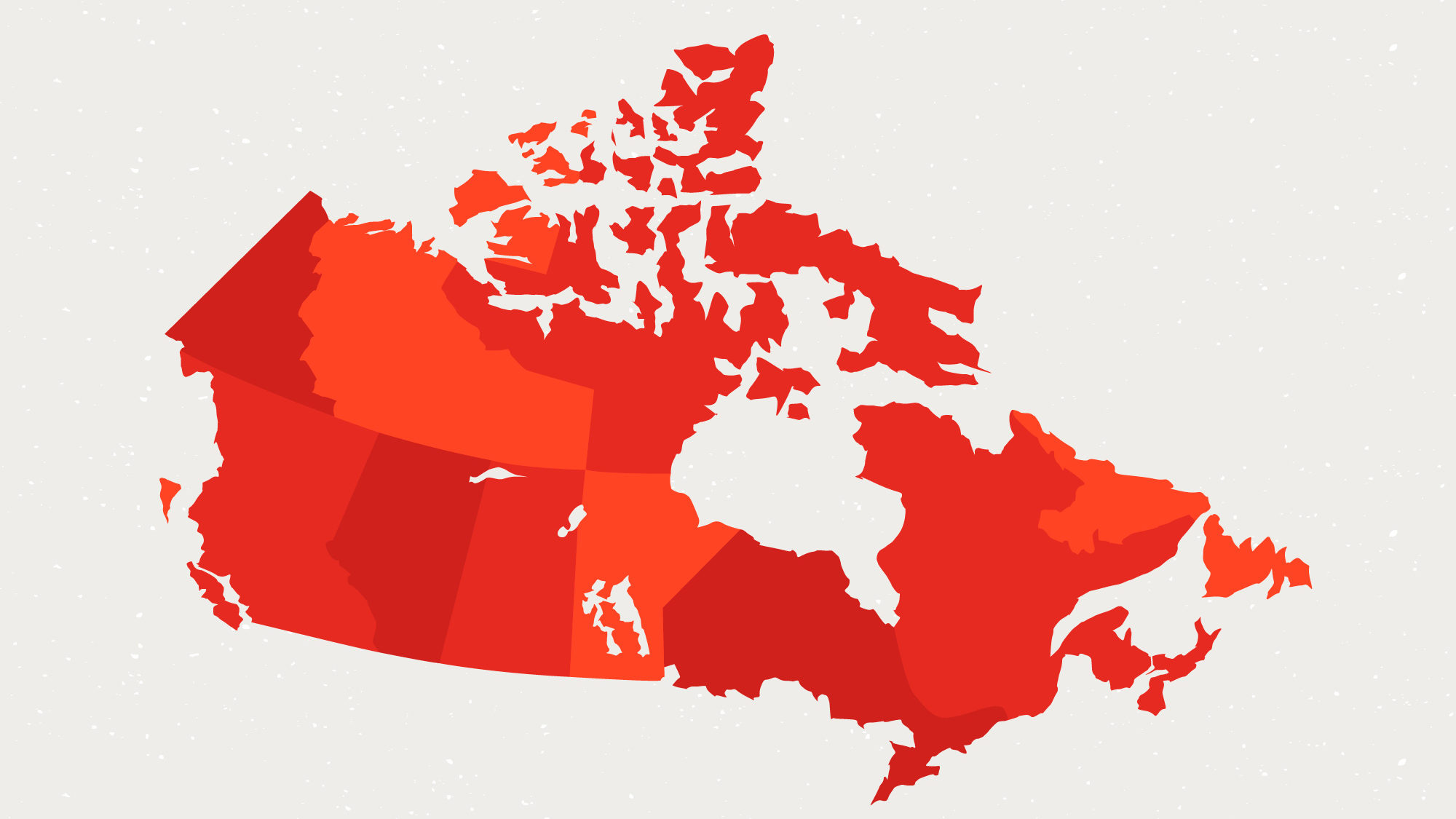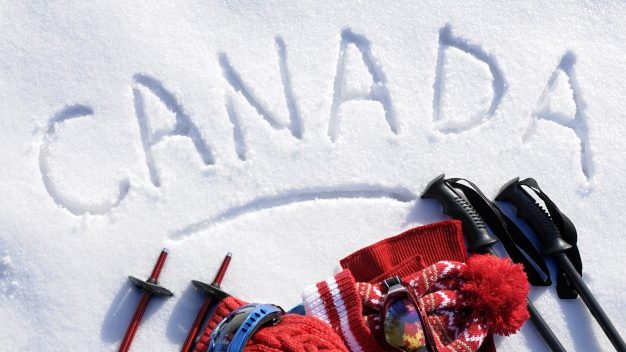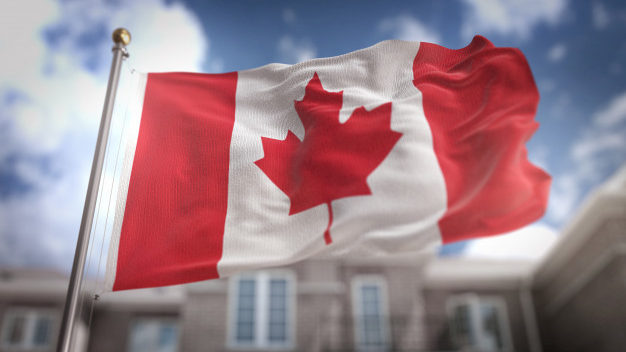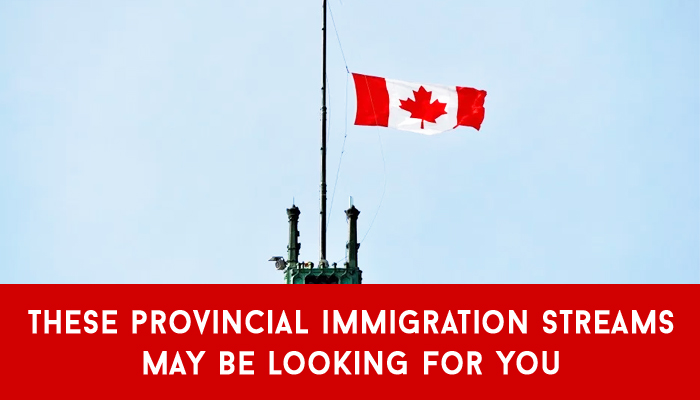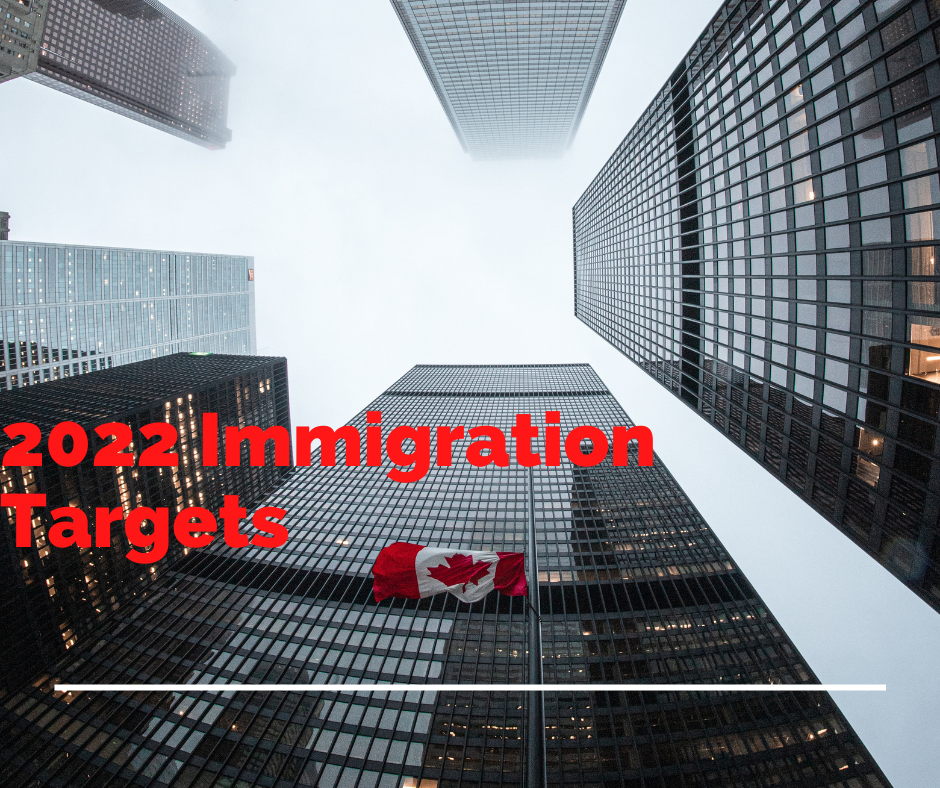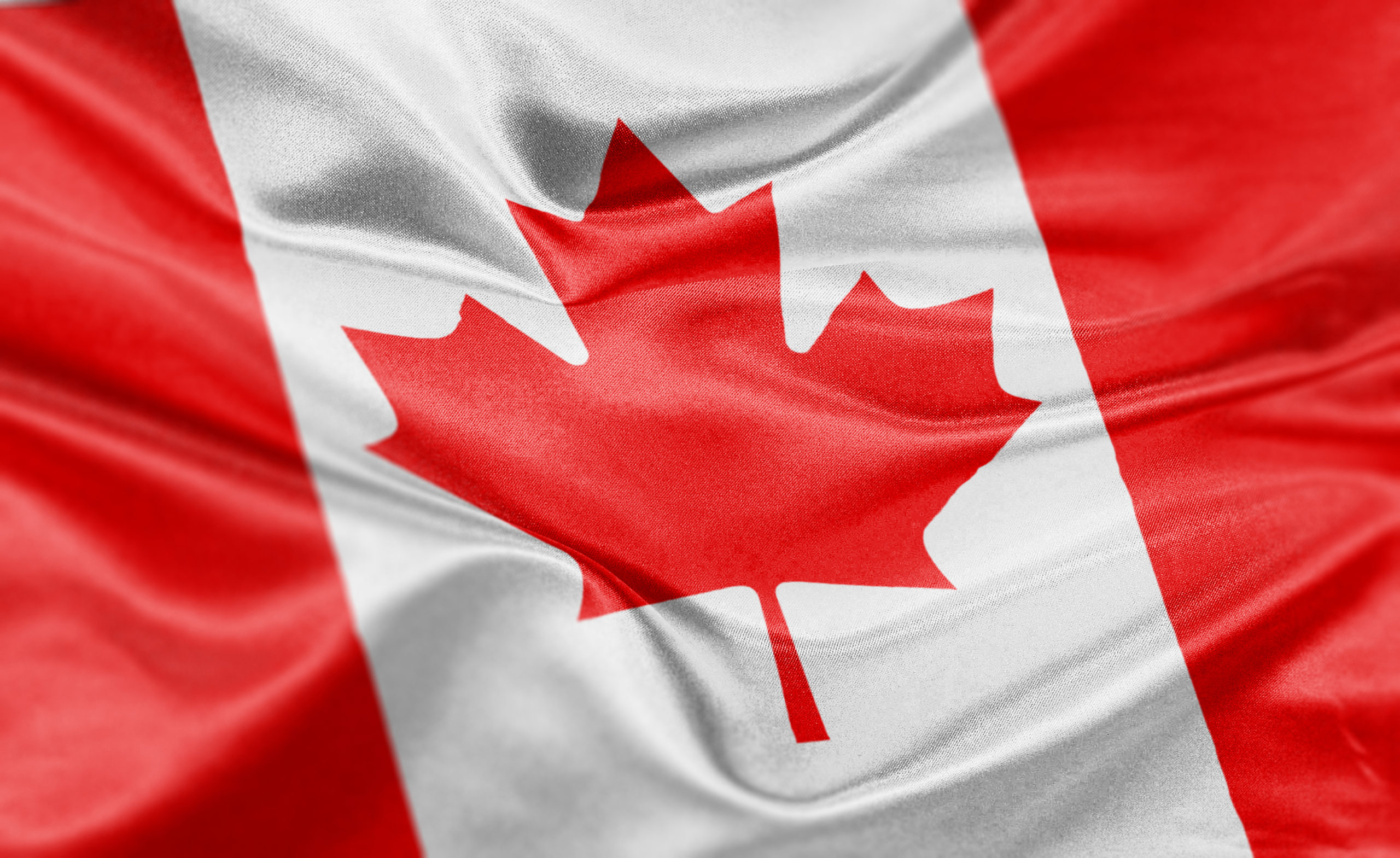
Potential last Express Entry of 2019 sends 3,200 invitations
The Government of Canada held yet another Express Entry draw on December 11, sending out 3,200 invitations for candidates to apply for permanent residence. To qualify for the draw, these Express Entry candidates had to have a Comprehensive Ranking System (CRS) score of at least 472. With only 20 days left in 2019 as of the draw date, this could very well be the last Express Entry draw of 2019.
Express Entry is an immigration stream run by Canada’s federal government and Immigration, Refugees and Citizenship Canada (IRCC). The stream holds draws to invite eligible applicants to apply for Canadian permanent residence if they meet the required criteria. It pulls candidates from three skilled worker categories. These are the Canadian Experience Class, the Federal Skilled Trades Class, and the Federal Skilled Worker Class. The draws are usually held twice a month on average.
The Express Entry pool ranks its candidates based on several criteria, including language skills, work history and education. Then, their credentials are tallied into a Comprehensive Ranking System score. In order to be eligible for Express Entry, candidates must meet the minimum CRS score, which changes each draw. For example, December 11 had a minimum CRS ranking of 472 for applicants. If a candidate meets all the criteria, including reaching the minimum score, they qualify to be drawn from Express Entry. If chosen, they receive an Invitation to Apply (ITA), meaning they can submit an application for Canadian permanent residence.
Total Invitations for 2019
In the past year, there have been 82,100 ITAs sent through Express Entry, beating 2019’s target of 81,400 invitations. However, this is significantly less than the number of invitations that went out last year. Express Entry finished 2018 with 89,800 ITAs and broke the system’s record. But as Canada ushers in a new year and a new decade, the distribution goal for 2020 is set at 85,800 invitations.


